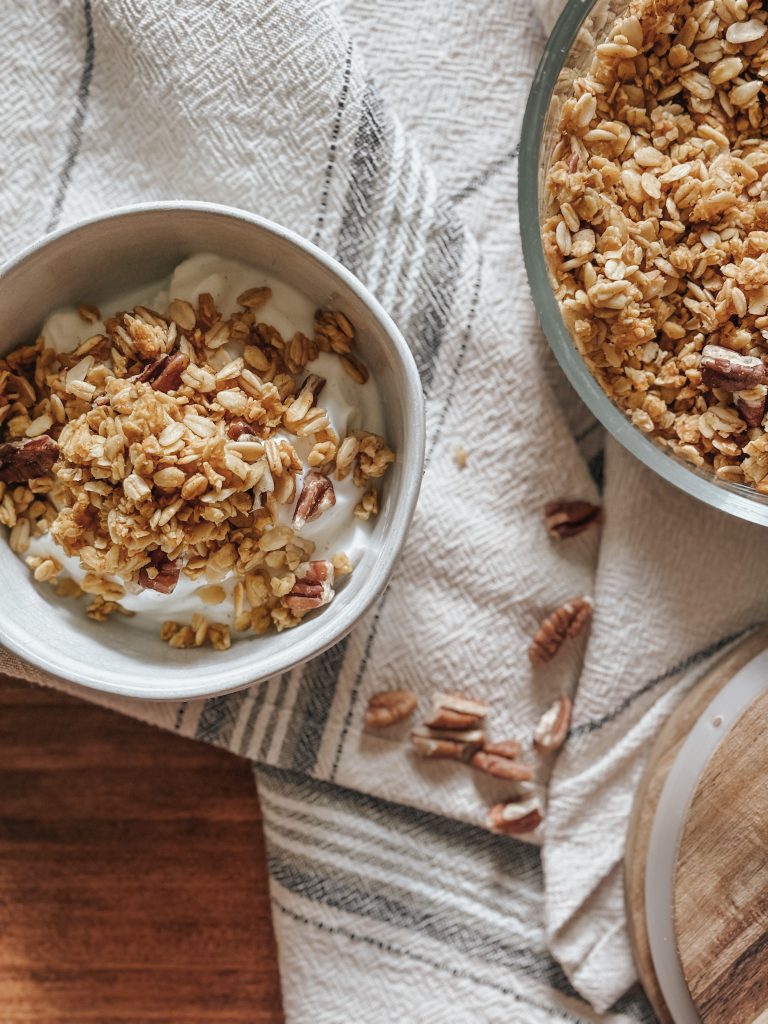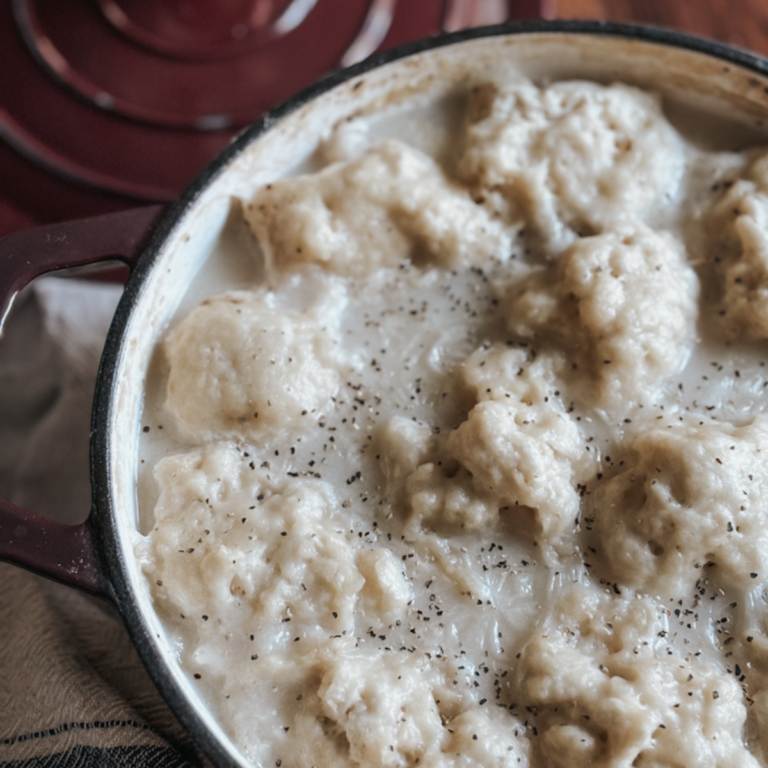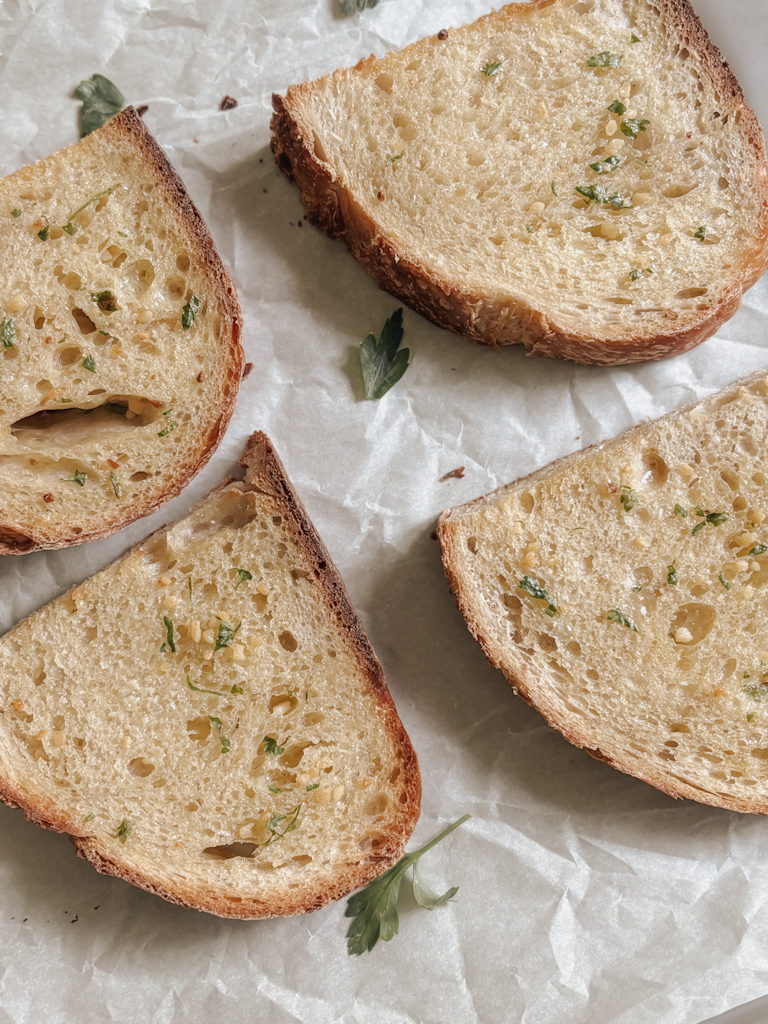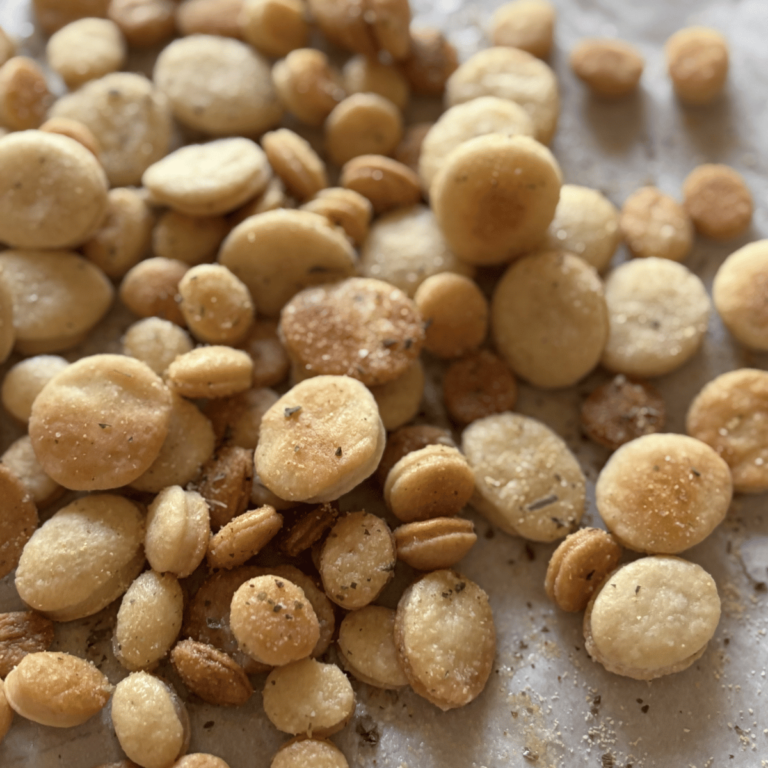Cooking with cast iron
Cooking with cast iron may sound intimidating. However, it’s something I’ve been wanting to do in my kitchen for years. Today, I want to share a little about how to use your cast iron pans if you aren’t familiar. I’ll discuss how to season, care for, and cook with your cast iron skillet. So, if you’re intimidated by the thought of using cast iron, my hope is you’ll feel more confident after reading below!

Why should I choose cast iron over non-stick?
Short answer, no yucky stuff. Cast iron is a safer alternative to non-stick pots and pans. Ever heard of perfluorooctanoic acid? Probably not, but if you do a little research you’ll find PFAS is a known carcinogenic in the coating of non-stick pans. Enough said. Once I learned this I decided I had to switch to cast iron sooner rather than later. Thankfully, I had several skillets that I had been given but had never learned how to use properly.
Food just tastes better in cast iron. It’s a fact. Have you every had a fried egg from a cast iron skillet? Or cornbread? If you know, you know. I’ve found that there’s just something about the crispness of potatoes and the thin brown edge of a pancake that’s been fried with my cast iron skillet.
It’s timeless and inexpensive. Cast iron has been around for ages and if properly taken cared for, it will last forever. They’re also super inexpensive, especially considering how long they last. Chances are Grandma’s been using the exact same pan that her mother gave her way back when.

How do I season my cast iron skillet?
- Coat the pan with coconut oil or vegetable oil if you prefer. A little more than lightly cover the entire pan with oil. Be sure to get the back and handle.
- Wipe off excess oil with a tea towel. A paper towel will do the trick also.
- Place your pan upside down in your oven at 450 degrees for an hour. You may want to add a pan for drippings on a bottom rack and know that the dripping oil may cause your oven to smoke. Don’t worry.
- You may need to repeat this process until your pans have a beautiful black sheen.

How do I care for my skillet?
There are 3 things your cast iron is not a fan of: highly acidic foods, soap, and water. Now you’re probably wondering, “How in the world am I going to clean it without soap and water?”
- Soon after cooking, rinse your pan in warm water. “But I thought you said my pan doesn’t like water?” I did.
- You can also sprinkle just a bit of baking soda and scrub with a brush to get rid of any flavors or odors.
- Don’t soak your pan. Just rinse it and be sure to dry it completely with a kitchen towel to prevent rust.
- Lastly, rub on a little oil before putting it away for next time.
- OR just wipe it out until your next use! That’s what I do unless I’ve made something messy. You don’t want to clean it too often!
Would you like to save this?

Cooking with cast iron
Cast iron skillets can be a little fickle. I want to share something I learned the hard way. Always, preheat your cast iron pans. Always. Your pans will cook better when heated gradually. Warm up your pan a few minutes before adding any food. Adding food to a cold skillet will cause it to stick. Sticking leads to scrubbing and that’s no fun.
Any spatula will do but metal is probably best. You can’t hurt your cast iron and it will aid in scraping and stirring.
Your skillet will only cook better with time so use it often. Leave them out on your stovetop so they’re ready to go or store them inside your oven if you prefer a non-cluttered stovetop.

Additional thoughts
- It’s forgiving. You can always bring it back to life with a good scrubbing and re-seasoning.
- You can use it on your glass top stove. Just remember that it’s heavy. You wouldn’t want to drop it and cause your stove top to shatter. And maybe don’t slide it around like your making a stir-fry because it may leave scratches.
I hope this post was helpful in understanding how to get started with cast iron cooking. I am falling more in love with my pans each time I use them and I hope you will too!





